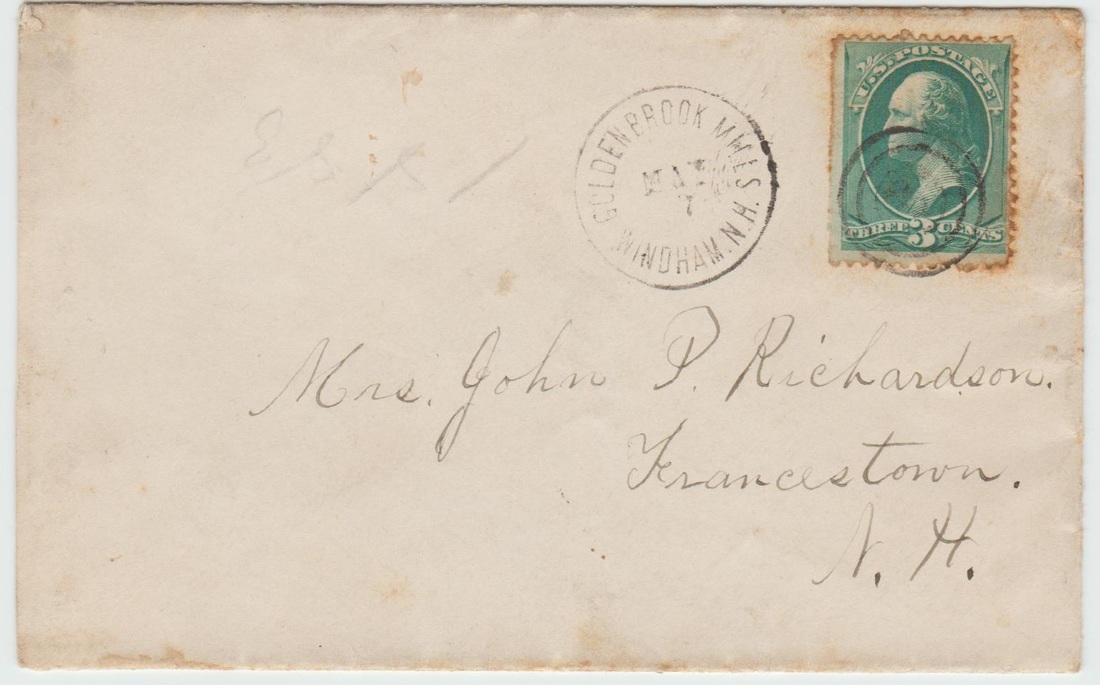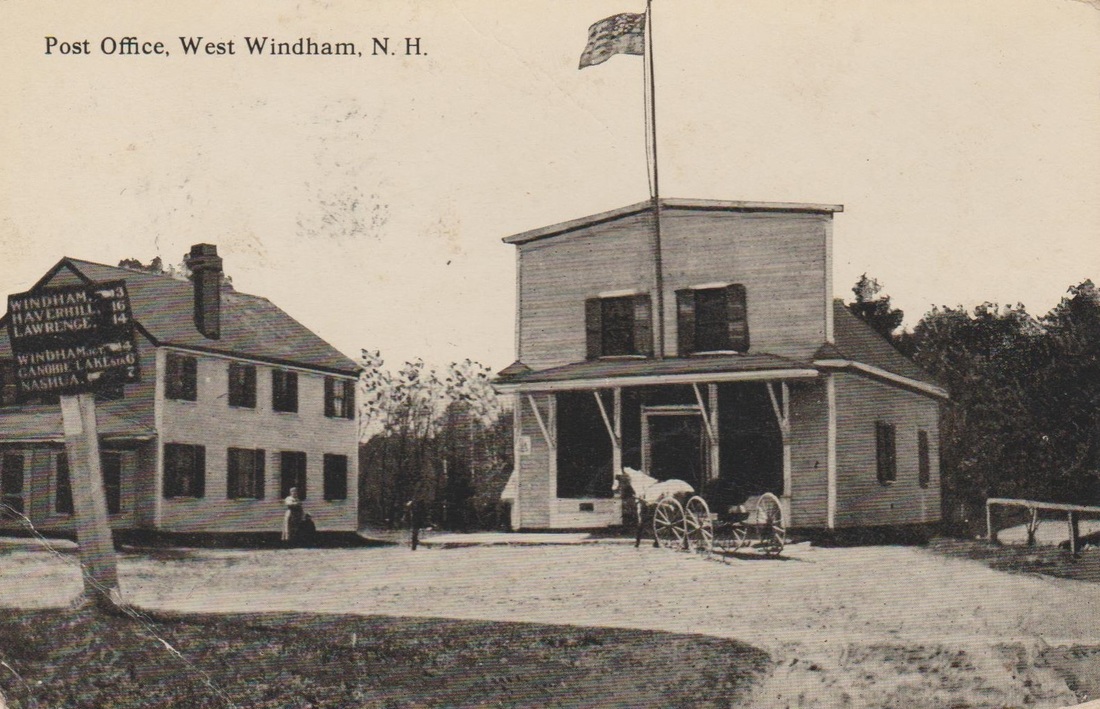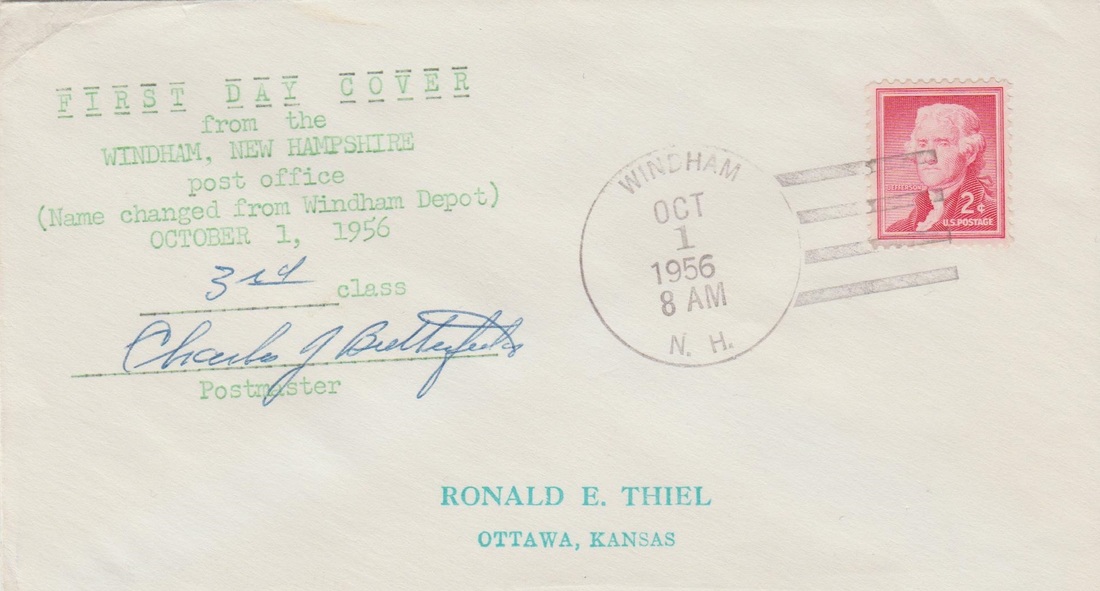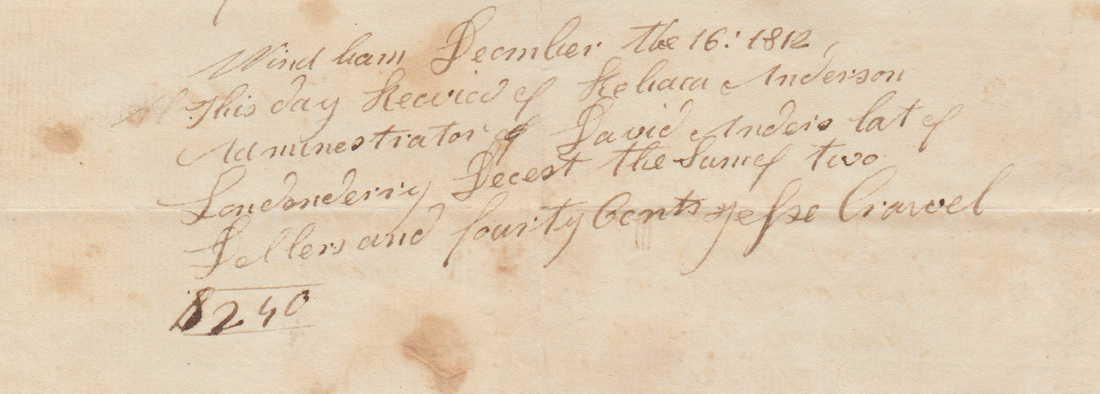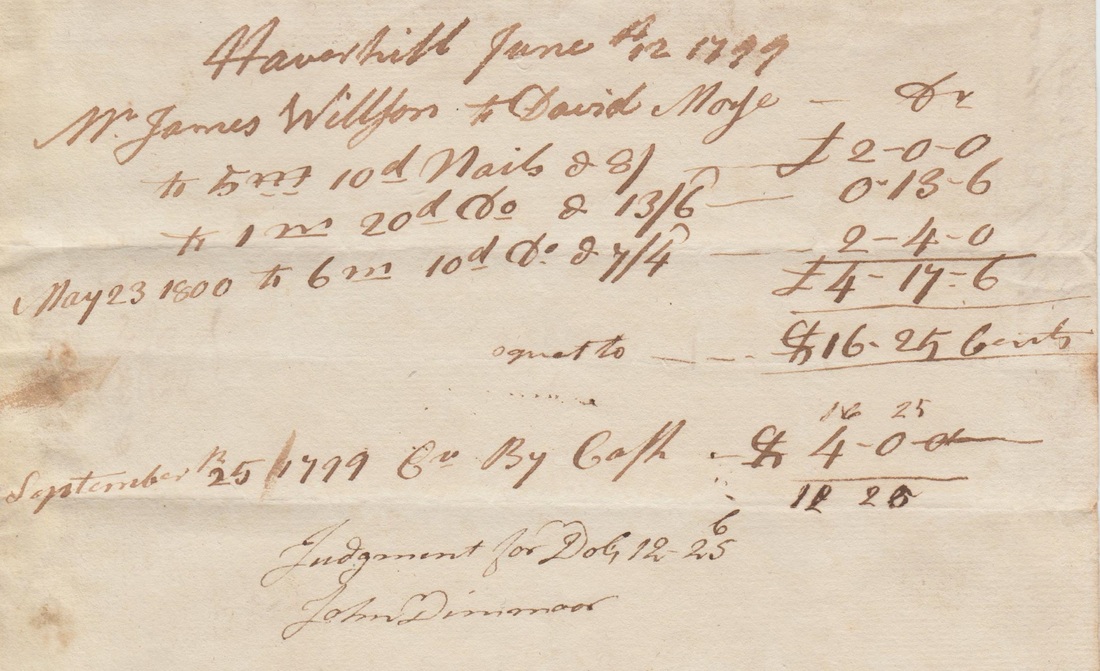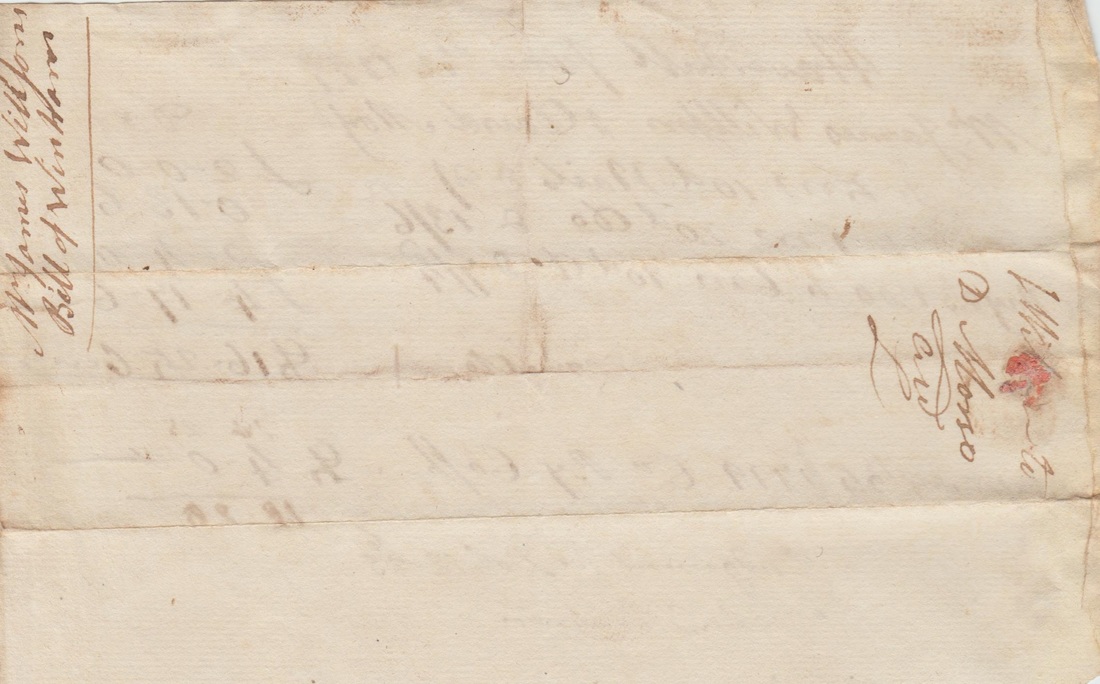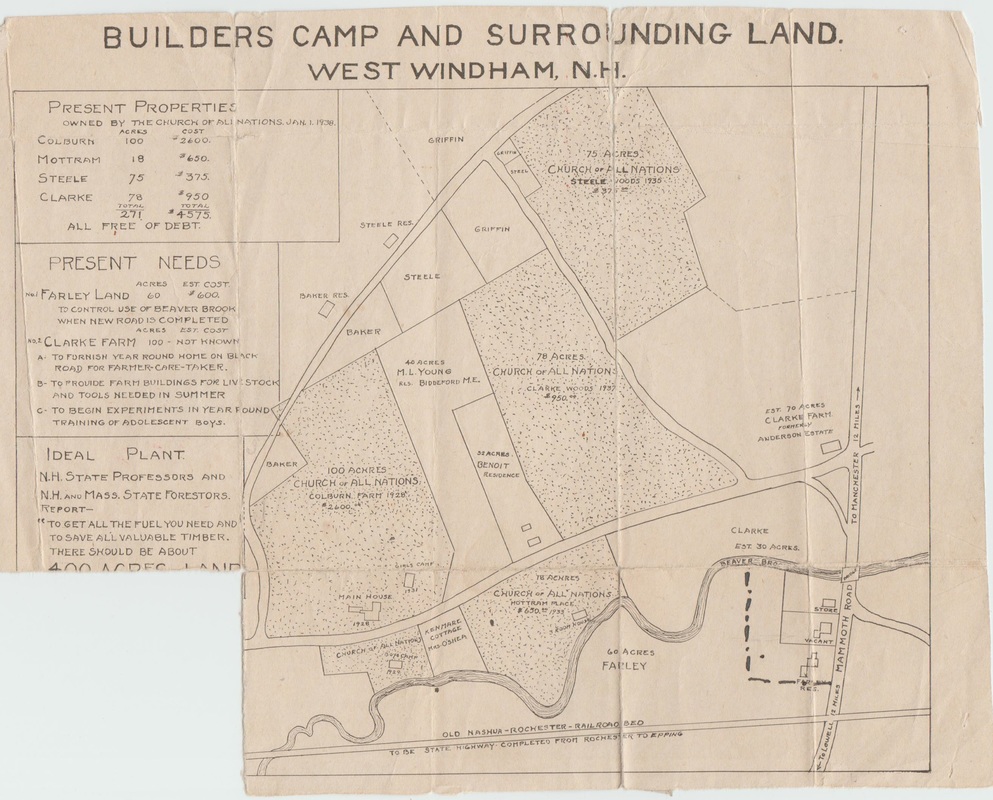In 1805 the first post office was established in town with Andrew Park as the postmaster; he remained at his post until 1814. At this time there were still post-riders, one of which was Horace Park, the son of the postmaster. His route was not limited to Windham; Park started his ride in Windham and made his way through Pelham and onto Billerica, MA. William Morrison was another one of the early post-riders in town; his route was from Windham to Haverhill, MA. One of the best examples of the inefficiencies of mail delivery by horseback can be found in the delivery of news during the War of 1812. When the White House burned during the war it took almost a week for the news to reach Boston; undoubtedly it took maybe even a day or two longer for the news to reach Windham.
"Tellis Wells....was frequently seen during the difficult winter months using his own invented version of the snowmobile. It was a Model T Ford with the front wheels removed. In their place were skis and the vehicle was driven by chains placed on the rear wheels!"
As decades passed there were relatively few, if any, problems with the postal service in town, However, in 1945, "it was discovered by an internal auditor from the postmaster general's office that Windham postmaster, Paul Otis Clyde, had misappropriated postal funds". He was given the chance to replace the missing funds, but failed to do so and was fired shortly after. Charles J Butterfield became the town's postmaster in 1947 and was still at his post when the Windham Depot post office changed it's name to the Windham Post Office. Below is a first day cover that was stamped on the date the name change took effect, October 1, 1956. It was signed by Butterfield and was then sent to Kansas, likely to a collector of first day covers.

